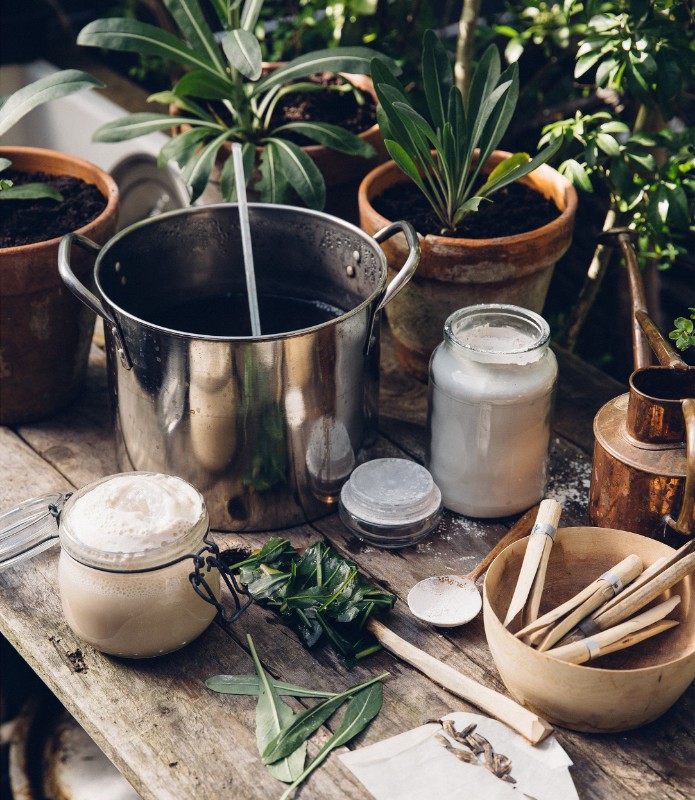
forest-and-found3

forest-and-found

abigail-booth

max-bainbridge

abigail-booth-forest-found

abigail-booth-forest-found-wild-dyer-foraging

abigail-booth-forest-found-1

abigail-booth-wild-dyer-forest-found

abigail-booth-wild-dyer-woad

the-wild-dyer-abigail-booth-book-cover

the-wild-dyer-abigail-booth

the-wild-dyer-agibail-booth-forest-found
Place Categories: Makers, ethical gifts, ethical homeware UK, textile makers and wood workers
Forest + Found is a sustainable craft and design partnership – Max Bainbridge and Abigail Booth. Both having a background in Fine Art our practice has an emphasis on material and process.
East London Workshop
We built our workshop in East London in order to focus on our shared love of making and working with natural materials. While Max is a woodworker and Abi a quilter, we are both rooted in traditional craft. Forest + Found creates products that celebrate craftsmanship in an urban environment.
Traditional methods of craft
Working with traditional methods of craft, we produce contemporary wooden objects and hand stitched textiles. Our focus is on the use of hand tools and the direct experience of hand crafting the object. Simple acts of carving, hand stitching and natural dyeing are how we refine and develop our craft practice. Every object we make has a direct relationship to the landscape and its architectural environment. From sourcing wood and dye plants in the forest to each mark of the hand on an object, our work endeavours to tell a story.
Objects telling a story
We look at different methods of traditional craft, how materials behave and can be made to perform when working them by hand. Each object we make has its roots in quilting, natural dyeing, woodcarving and turning. In the design and making of each, we try to challenge and address new and contemporary methods of working. We examine ideas around traditional craft and mark making as a whole. We also look across all times and cultures, allowing us to draw inspiration from a wide range of practices. Architectural structures, landscape and cultural objects are all starting points for our work.
Art objects for daily use
Every handcrafted object and textile is made with the intention to become part of the domestic space, whether as an art object or for daily use. We choose to play on ideas of sculpture and abstraction in order to open up a dialogue between an object’s form and function. Thinking about making objects in this way allows us to understand cultural rituals of use and the way we experience them.
No Records Found
Sorry, no records were found. Please adjust your search criteria and try again.
Google Map Not Loaded
Sorry, unable to load Google Maps API.













Leave a Reply